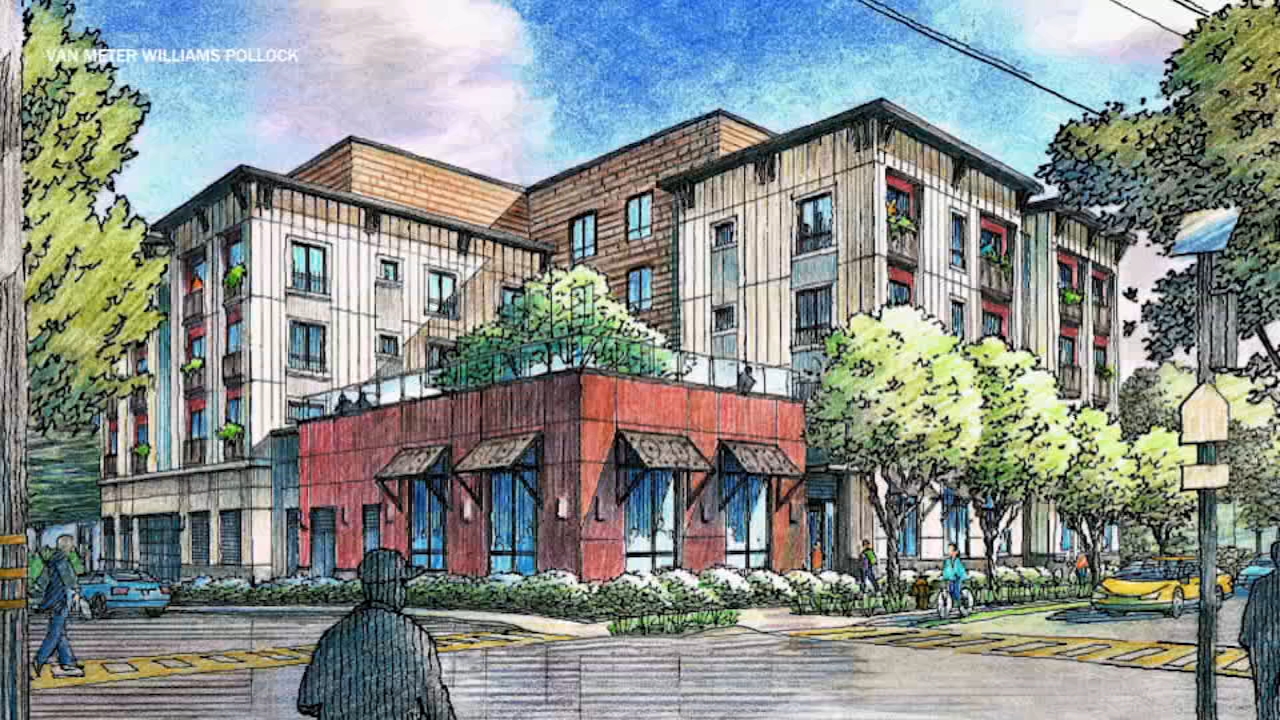Reaction to report: PG&E knew its power lines could spark wildfires

SAN FRANCISCO (KGO) -- A report out Wednesday night finds that PG&E knew for years its power lines could spark wildfires, but did not take steps to fix them.
All this comes as we're heading into another fire season, with PG&E scrambling to make sure its lines and towers can hold up as the brush and trees dry and those high winds hit.
PG&E admitted months ago and fire inspectors confirmed that its Caribou-Palermo transmission line sparked the Camp Fire that spread to the town of Paradise and beyond last November, killing 85 people.
RELATED: PG&E paying millions in bonuses despite horrible wildfire year
"That caused sparks," wildfire victims Attorney Dario de Ghetaldi told the I-Team on Feb. 28. "The sparks fell down into the brush and the fire started."
de Ghetaldi showed the I-Team photographs of Tower :27/222 with a broken C-hook that held an insulator, a flash mark, and other damage.
"If you look at the picture of the view going southwest, you can see that the mountain is torched, said de Ghetaldi. "If you look at the view going to the northeast, no damage, so there's no question that this is where the fire started, there's nothing else around it that could have started the fire."
RELATED: PG&E may cut electricity during high wind and fire danger, here's how to be ready for a blackout
On Wednesday, the Wall Street Journal reports documents obtained under the Freedom of Information Act show that before the Camp Fire, PG&E "knew that 49 of the steel towers that carry the electrical line that failed needed to be replaced entirely," and that some of the towers are more than 100 years old.
But the Journal says PG&E delayed upgrades to some of its oldest transmission lines, ranking them as low-risk projects.
Mindy Spatt of The Utility Reform Network told the I-Team on Wednesday, "This is a company that puts profits before people again and again and again."
RELATED: Questions mount about PG&E's choices for CEO and board directors
Consumer activists from TURN are calling for the state to take over the transmission lines, saying PG&E can't be trusted to spend money wisely.
"When they need a lobbyist, they have no problem lining one up and hiring one, a hundred lobbyists," said Spatt. "When they need a hundred lawyers for a bankruptcy filing, but apparently when they need someone to walk from one transmission line to another, they can't do it."
PG&E has long been criticized for its maintenance program. We spoke with State Senator Jerry Hill in February.
RELATED: PG&E power, gas bills could go up if CPUC approves hike
"PG&E had improvements they were going to make on that line and they deferred them," said Hill. "They got the money for it, spent the money on something else, and asked for the money again and every year they were supposed to do it, they still haven't started the work that was to be done on that line."
In fact, last month, PG&E announced inspections found thousands of repairs needed for the Caribou-Palermo line, and decided to retire it permanently.
The Journal reports that PG&E "began detailed inspections of its transmission lines only after the Camp Fire that destroyed Paradise." The company has begun using drones, and provided the I-Team with video of inspectors at work.
RELATED: San Jose Mayor calls for PG&E oversight over planned blackouts
PG&E emailed a statement on Wednesday, "We are taking action to meet the challenge. PG&E is completing advanced inspections of our electric infrastructure in the high fire-threat areas." And added, "PG&E will make the status of all of our high-priority repairs publicly available next week."
Also on Wednesday, the judge overseeing PG&E's federal probation issued an order. The company has to respond to the Wall Street Journal article paragraph by paragraph and to explain why they paid out $5 billion in dividends before filing bankruptcy -- instead of fixing its transmission lines and towers, and trimming trees.
Take a look at for a look at more stories by Dan Noyes and the ABC7 News I-Team.









